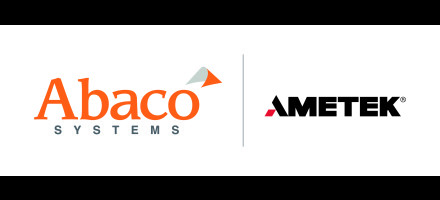FACE conformance program
StoryNovember 17, 2016
September 2016 marked a major milestone along the long road to avionics software standardization: the last essential component of the system developed by U.S. Navy and Army aviation authorities and their suppliers clicked into place.
September 2016 marked a major milestone along the long road to avionics software standardization: the last essential component of the system developed by U.S. Navy and Army aviation authorities and their suppliers clicked into place.
This final element, probably the most crucial to the success of the Future Airborne Capability Environment (FACE) consortium’s efforts to promote standardization in military software development, is the FACE conformance program.
The complex body of standards that the consortium has developed or incorporated from other sources will continue to evolve within the context of the Open Group, the vendor-neutral sponsor of the effort. More to the point, however, is the question of how software will be assessed against the FACE technical standard. Standards are good, but there must be a mechanism to determine whether software conforms to them. Ultimately, the military program manager needs to have some sort of guarantee that approved modules will actually play together.
According to the consortium, the four-step conformance program includes preparation of the module, verification that the software was developed in accordance with the FACE technical standard, certification of the software’s conformance, and registration of the software in the FACE registry, which is a catalog of approved modules. The verification process involves the examination of elements such as data model files and object code. The Open Group FACE consortium also says that its conformance process will reduce the need for buyers to test for conformance, simplify the procurement process, and accelerate fielding, all at lower cost and risk.
FACE and hardware?
The FACE standard promises to bring a host of benefits to the industry. Among other things, it promises to promote software interoperability, portability, and reusability. It also aims to free program managers from vendor lockdown, thereby increasing competition among suppliers. One major question, however: how does the FACE standard play in the world of boards and boxes?
Although the effort grew out of the need to control the costs of application software development, FACE standards attempt to cover everything from the application to the low-level driver code. For board developers – whose software dwells primarily in the FACE’s I/O segment – this effort means making components such as drivers for video, Ethernet, MIL-STD-1553, and serial bus outputs conformant with the FACE standard.
The FACE standard provides standard application programming interfaces (APIs) for I/O drivers in order to insulate applications from subsequent changes in lower-level elements. In this area, board developers add “shims” that translate their vendor-specific drivers to the FACE-conformant APIs.
Board designers also use operating system software, which falls under the FACE Operating System segment. The FACE standard recognizes both POSIX (i.e., most Linux distributions) and ARINC 653 operating systems.
An example of hardware with a FACE roadmap is Abaco Systems’ FORCE2 Open Reference Computing Environment (Figure 1), a rugged enclosure with a 3U VPX single board computer (with an XMC mezzanine card supplying ARINC 1553 and 429) and graphics card that is designed to host safety-critical, FACE-conformant applications. The system uses the ARINC 653 real-time operating system from Wind River Systems – VxWorks 653 – with a certifiability roadmap to DO-178.
Road ahead
Edition 3.0 of the FACE technical standard is about to move to formal review, for one thing. This version fills some of the gaps in the previous iteration that could have impeded interoperability among conformant modules. Edition 3.0 also adds an optional life cycle management (LCM) element that addresses how units of conformance are initialized and controlled. The new feature will be useful in a system that includes boards from multiple suppliers because it will prevent namespace collision between the FACE-conformant drivers built into the respective boards and standardize how the drivers are initialized, started, and other operations.
Seven years ago, comprehensive software standardization in military avionics programs was still some way away. Interoperability was largely achieved after the fact on a procurement program-level basis.
The FACE standard has changed that because the effort is firmly supported, from the top down, by the U.S. military’s Navy and Army aviation branches, in collaboration with their supplier base. The whole process will be a win for both the buyers and the taxpayers if it ensures interoperability and portability, lowers procurement costs, and increases competition.
Figure 1: The Abaco Systems FORCE2 Open Reference Computing Environment rugged mission/display computer was designed with a FACE roadmap.
www.abaco.com








